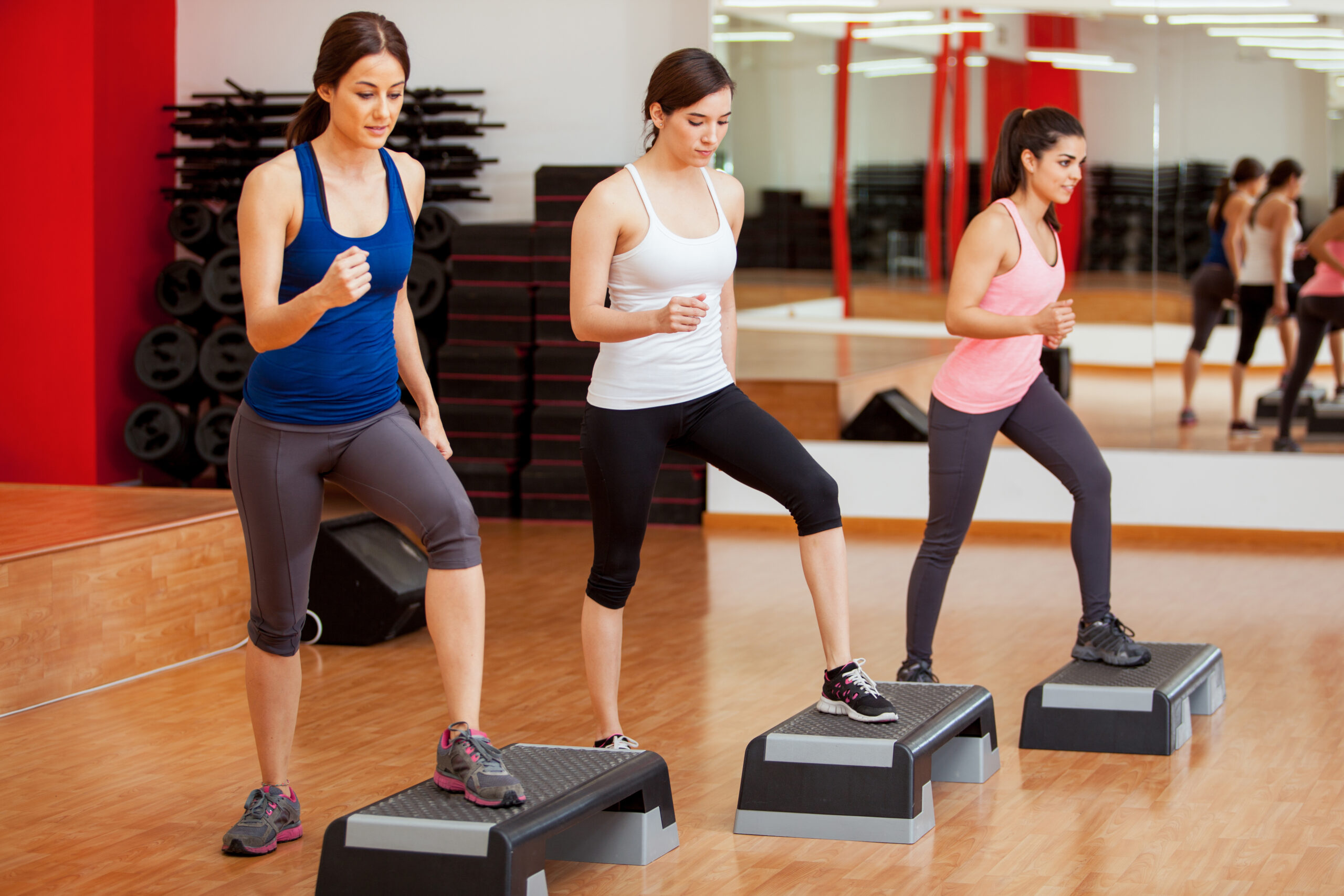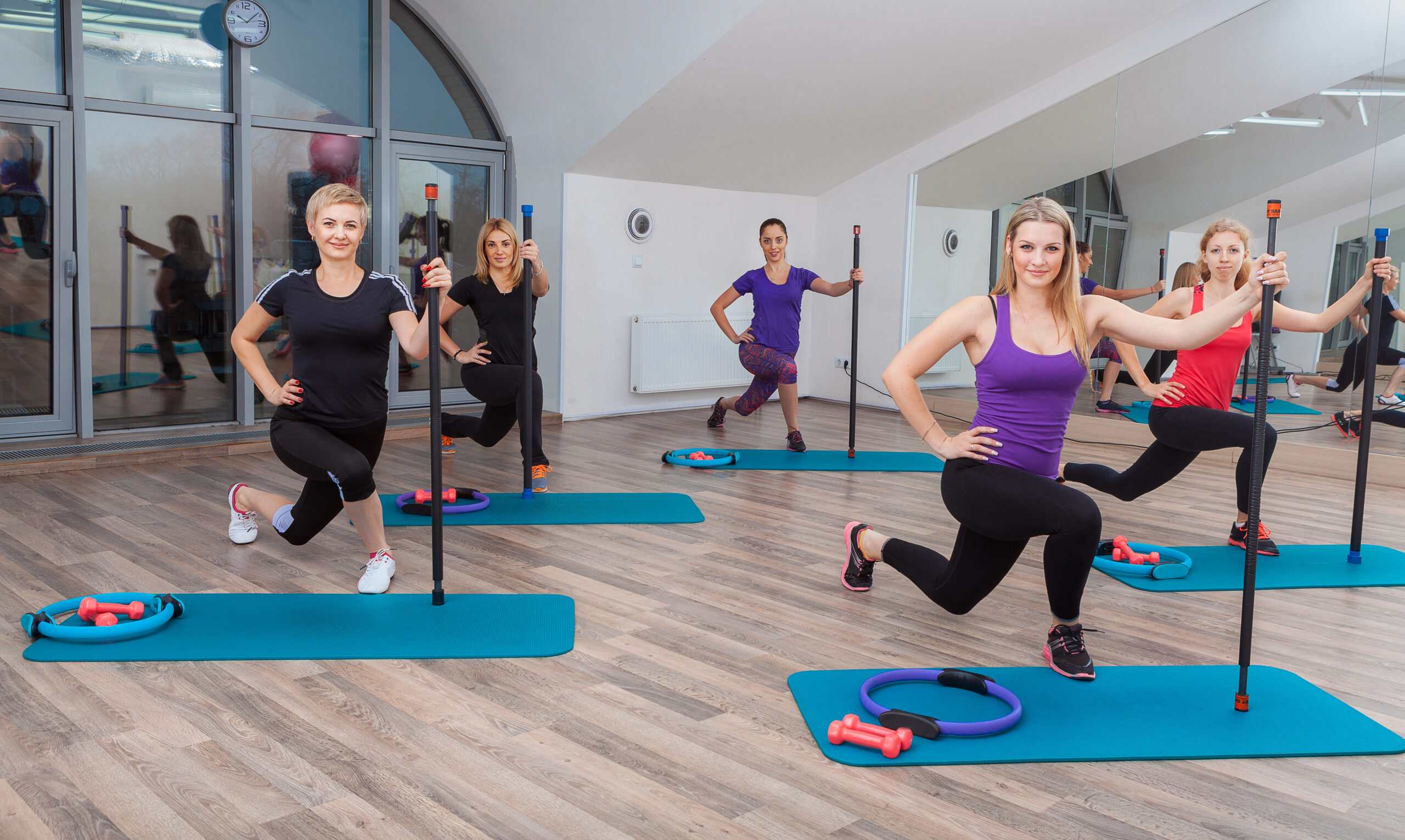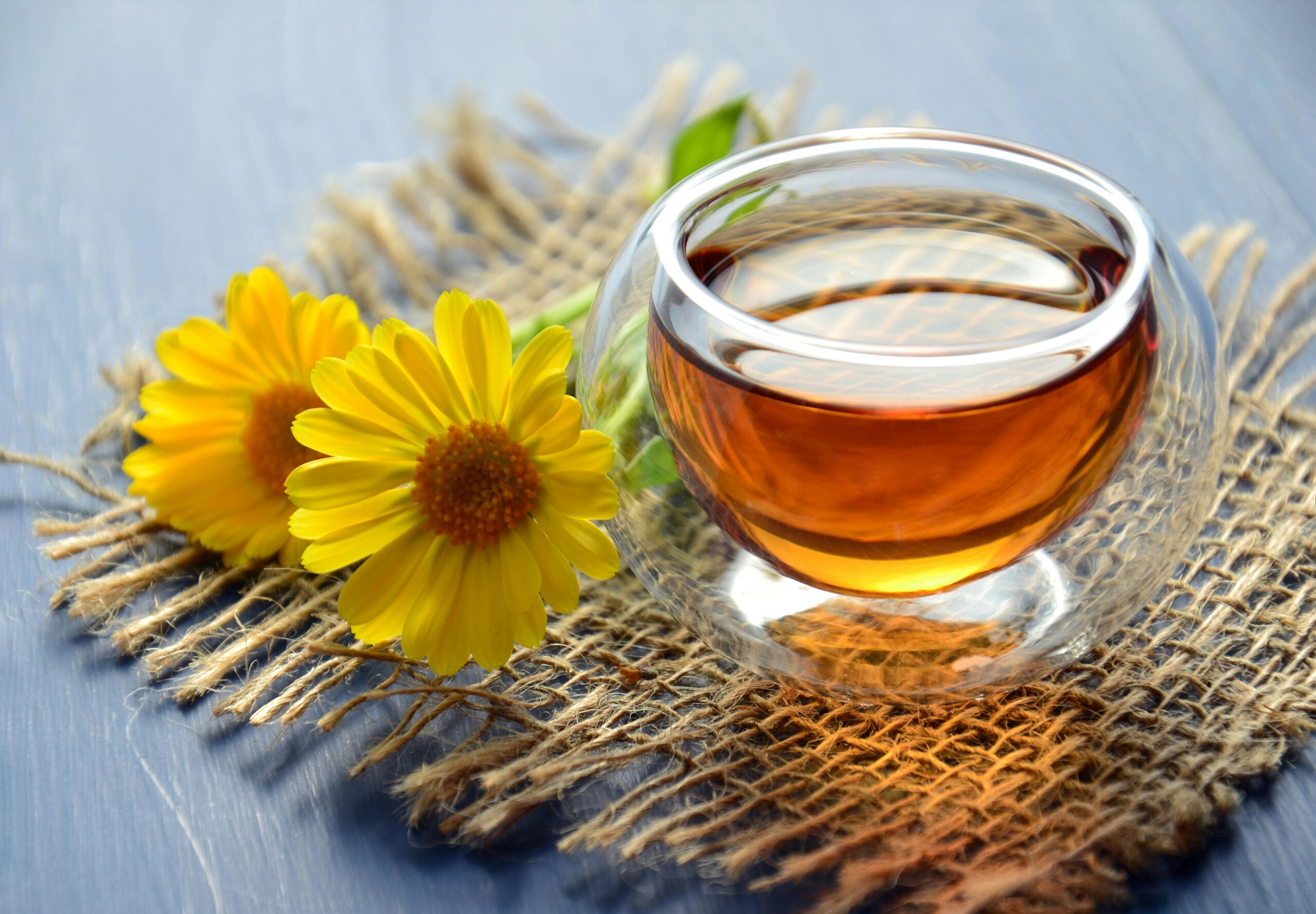
Step Aerobics: A Comprehensive Guide
Step Aerobics: A Comprehensive Guide Step aerobics is a dynamic and engaging form of cardiovascular exercise that has carved its niche in the fitness community since its inception in the…
Read more
Aerobics: Benefits and Its Role in Smooth Weight Reduction
Aerobics is a fun and exciting type of exercise that uses big muscle groups in steady, repetitive motions to focus on cardiovascular fitness and endurance. This activity increases the heart…
Read more
Sound Sleep: How to Achieve It in Today’s World for Beauty and Health
Sound Sleep: How to Achieve It in Today’s World for Beauty and Health A quiet night’s sound sleep has evolved into a luxury many find elusive in our fast-paced, modern…
Read more
The Benefits and Precautions of Hot Yoga: A Comprehensive Guide
The Benefits and Precautions of Hot Yoga: A Comprehensive Guide Yoga has long been praised for its enormous mental, spiritual, and physical health benefits. Among the many different forms of…
Read more
Financial Independence and Education for Women Empowerment Before Marriage
Financial Independence and Education for Women Empowerment Before Marriage Women’s financial independence and education have gained significant traction in an era marked by progressive ideas and changing gender roles….
Read more
Oily Skin: Natural Health Over Conventional Myths
Oily Skin: Natural Health Over Conventional Myths In today’s beauty and skincare discourse, oily skin has acquired a somewhat unfavorable reputation. Many individuals with oily skin are compelled to seek…
Read more
Chamomile Tea: A Gateway to Better Sleep and Health
Chamomile tea, a well-liked beverage that has a long and illustrious history as well as several positive effects on one’s health, has been regarded as a wonderful way to relax…
Read more
Drastic Hair Fall Under Pollution: Nature’s Remedies for Your Tresses!
Drastic Hair Fall Under Pollution: Nature’s Remedies for Your Tresses! Hello, fabulous readers! If you’re like me, you have undoubtedly felt the overwhelming fear that comes with recognizing that your…
Read more
Good Sleep: A Pathway to Relaxation and Stress Relief
Good Sleep: A Pathway to Relaxation and Stress Relief In today’s frenetic and demanding culture, it is impossible to overstate the importance of adequate sleep. Sleep is critical to our…
Read more
Why Do People Binge Eat? Common Triggers
Why Do People Binge Eat? Common Triggers Many of us are balancing many responsibilities in today’s hectic environment, and it’s easy to overlook our most basic needs in between…
Read more